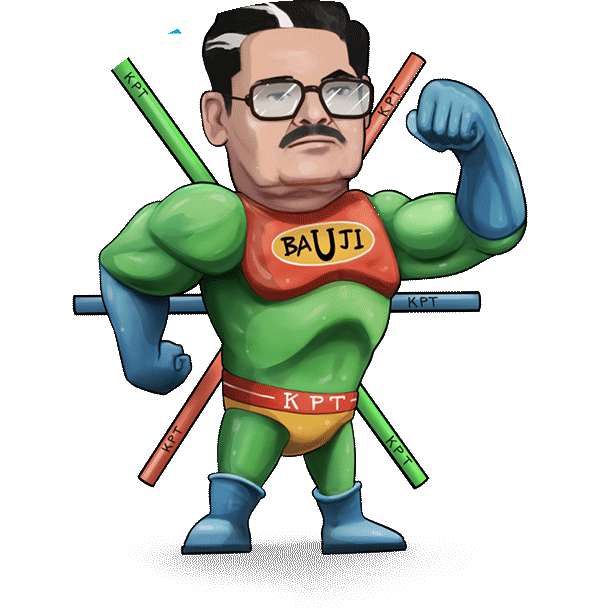When it comes to plumbing systems, the choice of piping material is crucial. Two popular options that often come up in the conversation are PPR (Polypropylene Random Copolymer) and PEX (Cross-linked Polyethylene) pipes. Both have their advantages and disadvantages, and the decision between them can significantly impact your plumbing project’s success. In this blog post, we’ll compare PPR and PEX pipes, delving into their key differences and helping you make an informed decision for your plumbing system.
- Material Composition:
PPR Pipes:
PPR pipes are made from a thermoplastic material called polypropylene random copolymer.
They are known for their durability and resistance to high temperatures and pressure.
PEX Pipes:
PEX pipes are made from cross-linked polyethylene, which is a form of plastic.
They are flexible and have excellent resistance to chemical corrosion.
-
Table of Contents
Installation:
PPR Pipes:
PPR pipes require a fusion welding process for installation. This involves using a special fusion machine to join the pipes and fittings.
The fusion process provides a strong and leak-proof connection.
PEX Pipes:
PEX pipes are typically joined using crimp, clamp, or push-to-connect fittings, which are easier to install compared to fusion welding.
The installation of PEX pipes is quicker and more straightforward.
-
Flexibility:
PPR Pipes:
PPR pipes are rigid and less flexible than PEX pipes. They cannot bend easily and require additional fittings for complex layouts.
PEX Pipes:
PEX pipes are highly flexible and can bend to accommodate various layouts without the need for additional fittings.
Their flexibility makes them suitable for retrofitting and tight spaces.
-
Cost:
PPR Pipes:
PPR pipes are generally not expensive than PEX pipes in terms of material and installation costs.
The fusion welding equipment and labor can add to the small operational expenses.
PEX Pipes:
Overall, PEX pipes are not verycost-effective, both in terms of material and installation.
-
Durability:
PPR Pipes:
PPR pipes are known for their durability, with a lifespan of up to 50 years or more.
They are resistant to rust and corrosion.
PEX Pipes:
PEX pipes are also durable but may not last as long as PPR pipes. Their lifespan typically ranges from 20 to 50 years.
PEX pipes are vulnerable to damage from UV exposure.
-
Health and Safety:
PPR Pipes:
PPR pipes are considered safe for potable water systems and do not leach harmful chemicals.
They are non-toxic and do not affect the taste or quality of water.
PEX Pipes:
PEX pipes have been approved for use in potable water systems, but some concerns have been raised about potential leaching of chemicals, especially when exposed to high temperatures.
It’s essential to use PEX pipes that are certified for drinking water applications.
- Resistance to Freezing:
PPR Pipes:
PPR pipes are less prone to damage from freezing temperatures due to their rigidity.
PEX Pipes:
PEX pipes can expand slightly when freezing, which may help reduce the risk of bursting.
-
Application:
PPR Pipes:
PPR pipes are commonly used in hot and cold water distribution systems, as well as heating systems.
They are widely used in commercial and industrial settings.
PEX Pipes:
PEX pipes are versatile and suitable for various applications, including residential plumbing, radiant floor heating, and snow melting systems.
They are often preferred for residential projects.
-
Repairs and Maintenance:
PPR Pipes:
Repairing PPR pipes can be more challenging due to the fusion welding joints. If a section of the pipe needs to be replaced, it may require a professional with the appropriate equipment.
PEX Pipes:
PEX pipes are relatively easy to repair, as you can simply cut out the damaged section and use fittings to connect new pipe segments.
This DIY-friendly aspect can save on repair costs.
-
Environmental Impact:
PPR Pipes:
PPR pipes are considered environmentally friendly due to their long lifespan and the ability to recycle the material.
PEX Pipes:
PEX pipes, while energy-efficient during production and transportation, have raised concerns about potential environmental impact from chemical leaching and disposal.
Conclusion:
Both PPR and PEX pipes have their unique advantages and disadvantages. The choice between them largely depends on the specific needs of your plumbing project.
If you prioritize durability, especially in high-temperature and pressure environments, PPR pipes may be the better choice.
Ultimately, consulting with a plumbing professional and considering the specific requirements of your project will help you make the best decision. It’s essential to use certified, high-quality pipes and fittings for any plumbing system to ensure the safety and reliability of your water supply.
In summary, both PPR and PEX pipes have their place in the plumbing world. However, KPT’s PPR pipes seem to be a better choice for your plumbing system. Also, the choice between them depends on your project’s unique needs, budget, and the level of flexibility you require. Each type has its pros and cons, so making an informed decision is key to the success of your plumbing system.


